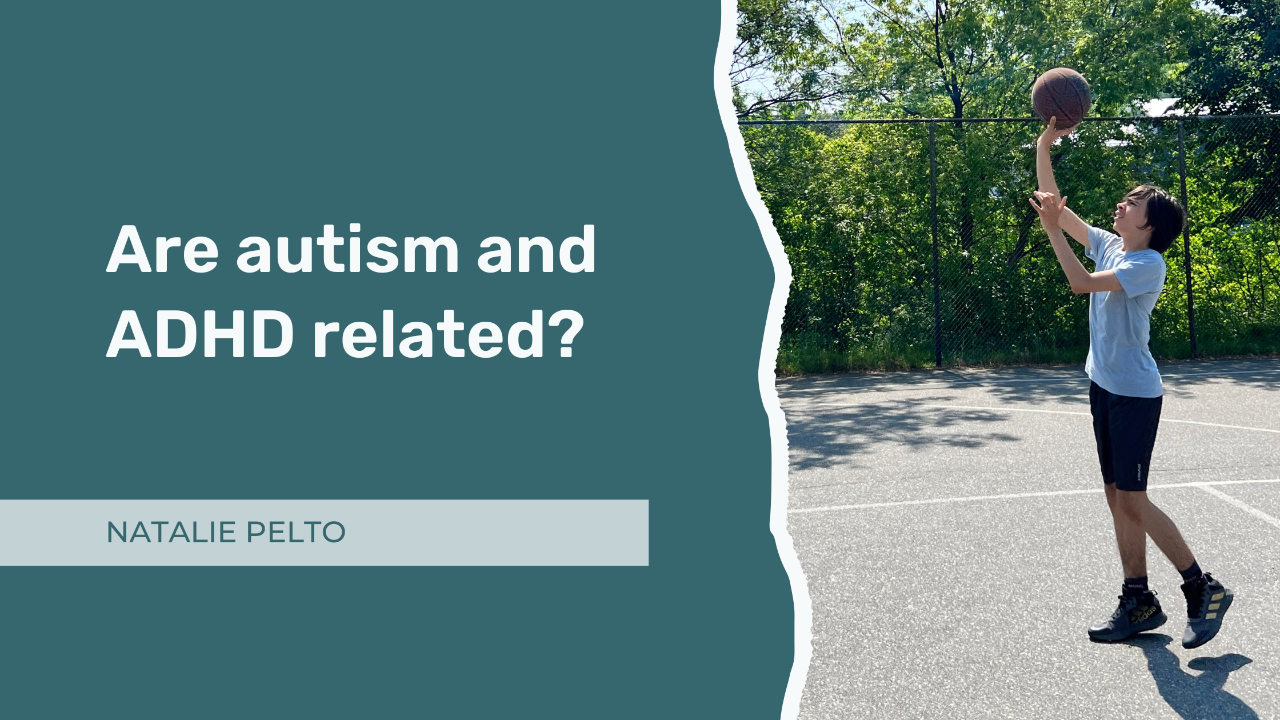Are Autism and ADHD Related?
Jul 03, 2023
As a special needs mom (in the past), I know firsthand the challenges and joys that come with raising a child with unique abilities. Autism spectrum disorder (ASD) encompasses a range of conditions, including what used to be known as Autistic Disorder, Asperger syndrome, and Pervasive Developmental Disorder – Not Otherwise Specified. These conditions impact our children's social and emotional skills, as well as their nonverbal communication abilities. I have come to learn that ASD shares similarities with attention deficit hyperactivity disorder (ADHD), but there are also important differences between the two.
One question that often arises is whether a person can be diagnosed with both ADHD and ASD. It is striking to discover that more than half of individuals diagnosed with ASD also exhibit signs of ADHD. In fact, ADHD is the most common coexisting condition among children with ASD. On the flip side, up to a quarter of children with ADHD display low-level signs of ASD, such as difficulties with social skills or heightened sensitivities to clothing textures, for example.
It is natural to wonder why ADHD and ASD coexist so frequently and what similarities link them together. Both ADHD and ASD are neurodevelopmental disorders that impact brain development in some way. They affect the central nervous system, which plays a vital role in movement, language, memory, and social and focusing skills. While numerous scientific studies have uncovered this high co-occurrence rate, researchers have yet to determine the precise reasons behind it.
When it comes to ADHD or ASD, brain development is affected, particularly in the area of executive functioning. Executive functioning encompasses crucial skills like decision-making, impulse control, time management, focus, and organization. Social skills often take a hit for many children as well. It is worth noting that both ADHD and ASD are more commonly diagnosed in boys.
While adults can also have both ADHD and ASD, this combination is not as prevalent as it is in children. ASD is generally considered a lifelong disorder, but long-term studies have shown that symptoms persist into adulthood for one-third to two-thirds of children with ADHD.
Now, let's explore the differences between ADHD and ASD, as understanding these distinctions can shed light on our children's unique experiences. Many children are initially diagnosed with ADHD when they start preschool or kindergarten, as their behavior stands out in comparison to their peers. Symptoms of ADHD include restlessness, impulsivity, and difficulty maintaining attention. However, it's important to recognize that some children with ADHD exhibit different signs. They may hyperfocus on a particular toy or topic, showing little interest in playing with anything else.
On the other hand, signs of ASD may be noticeable in some children before they reach their second birthday. For others, these signs may not become clear until they are school-aged and their social behaviors starkly differ from those of their classmates. Children with ASD often struggle with eye contact, seemingly disinterested in playing or engaging with others. Their ability to speak may develop slowly or not at all. They may exhibit preoccupations with the sameness of food textures or engage in repetitive movements, especially with their hands and fingers.
Let's delve into the specific behaviors associated with ADHD and ASD. Children with ADHD often find it challenging to focus on a single activity or task. They may easily become distracted during daily activities and have difficulty completing one task before jumping to another. Sitting still can be physically impossible for them. However, it is worth noting that some children with ADHD display a phenomenon called hyperfocus, where they become fixated on a particular topic or activity. While this intense focus can have positive aspects, it may also make it difficult for them to shift their attention to other activities when asked to do so.
In contrast, children with ASD are more likely to be overfocused, struggling to shift their attention to the next task. They often exhibit inflexibility when it comes to routines and have a low tolerance for change. They may insist on taking the same route and consuming the same foods every day. Many experience heightened or diminished sensitivities to light, noise, touch, pain, smell, or taste and may display a strong interest in these sensory experiences. They may develop specific food preferences based on color or texture. Gestures like repeated hand flapping may be observed. Remarkably, their intense focus often allows individuals with ASD to retain detailed facts for extended periods, and they may excel in areas such as math, science, art, and music.
As special needs moms, we navigate the complexities and intricacies of raising children with ASD and ADHD. Understanding the interplay between these conditions can help us provide the support and care our children need. Together, we embark on a journey of love, patience, and advocacy, celebrating the uniqueness of our incredible children.
Stay connected with news and updates!
Join our mailing list to receive the latest news and updates from our team.
Don't worry, your information will not be shared.
We hate SPAM. We will never sell your information, for any reason.

